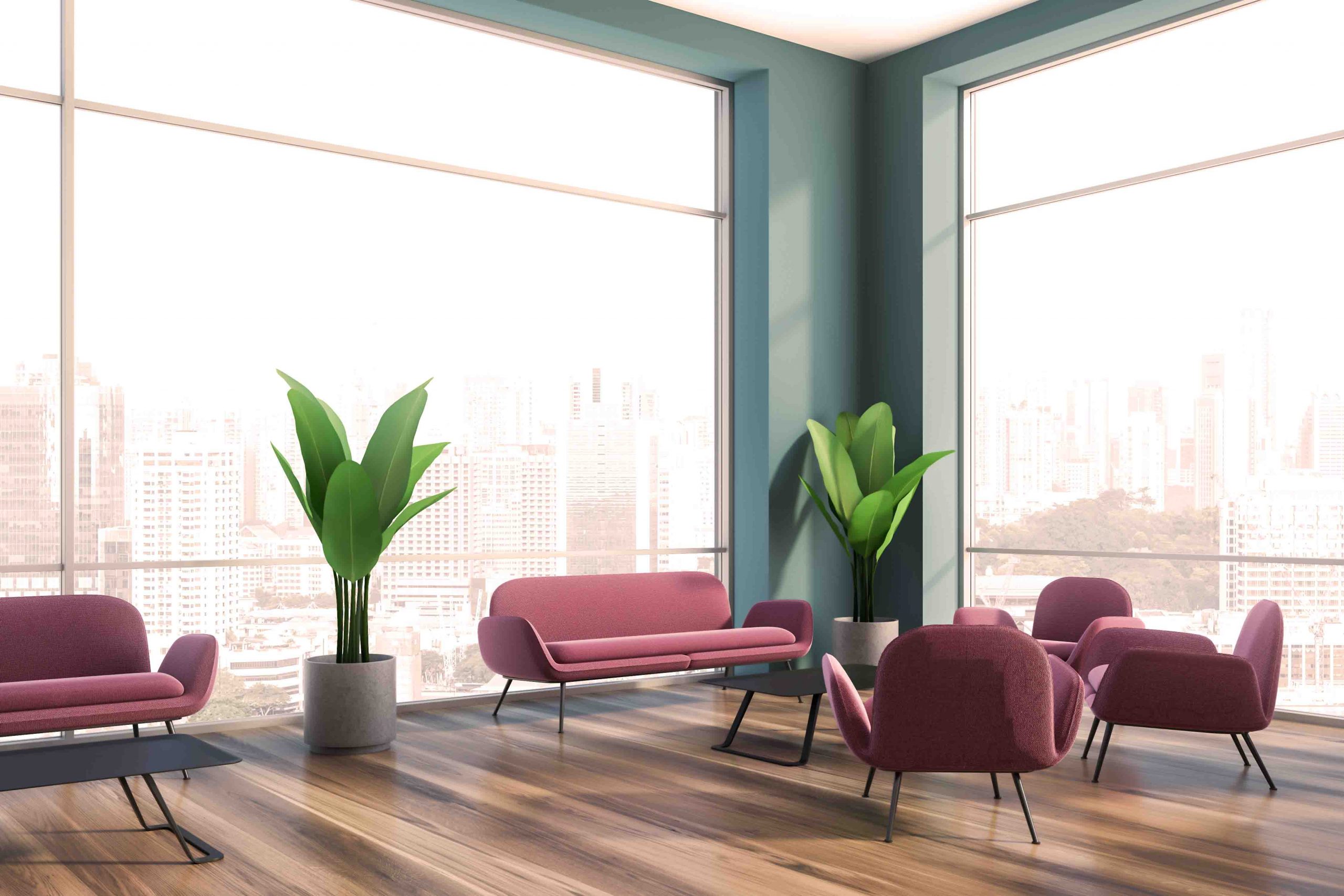Sustainable real estate projects, for a future to share

Sustainable real estate projects, for a future to share

Article
Our perspective

The new form of work that will experience the major boom after the coronavirus will be that of an integrated office that will coexist with telework. Neither the office will be totally replaced by telework, nor vice versa. Telecommuting will change the way of understanding face-to-face work, making interior design and the type of furniture more relevant. The latter will be better integrated with technology.
Safe, functional and smart workplace
Frequent hand washing, wearing of gloves and masks, social distance… COVID-19 pandemic is disrupting our habits at work.
The furniture will be more ergonomic, functional and smart. It will have more accessories that will allow new connections. And the spaces – more open. The trend of private executive cubicles will fade out. After the coronavirus, the open plan will be promoted, so that there is greater creativity, the collaboration between colleagues is encouraged, and workspaces are shared.
"Today we are facing a completely new scenario due to the coronavirus. From this state of alarm, it can be clearly understood that, from now on, and in the future, new workspaces should be projected and managed by keeping in mind the number one priority: the health and safety of the workers. Of course, without neglecting the identity and philosophy of the company", said Codrin Apostol, CEO of Global Vision Property Management
Occupational hygiene will be a must, say the experts. It will be necessary to clean the most affected surfaces, in particular in the toilets.
A study published by the highly-rated medical journal The Lancet recommends “not to ignore the bad smells that come from toilets, kitchens, and sinks”. It is a traditional and well-known topic we address during our activities but now, more than ever, in the COVID-19 context, tackling this issue must be a priority, since it has been proven that vapors can contain viruses. The plumbing must prevent gases from escaping from the wastewater circuits. In addition, according to a recent study in Hong Kong, a flush can release up to 80,000 droplets at a time, which can fall on surfaces and stay in the air for hours.
How social distancing will work at the office
Companies could rethink the organization of common spaces, and no longer share workstations, computers, and phones. This behavior is encouraged through properly spaced desks, but also visual signals, such as a circle embedded in the carpeting around each desk to ensure people don’t get too close.
"Offices will then need to define best practices. Can we have doors that don’t need to be opened by people? Will it be necessary to measure the temperature of all the people who enter? Distributors of hydroalcoholic gels will become more widespread. Companies could rethink the organization of common spaces, and no longer share workstations, computers, and phones. Masks will be recommended, companies will provide them to their employees", added Codrin Apostol
A new dynamic way of operating. Environmental awareness
Being forced to work in this way over a period of weeks or months is determining the organizations to focus their efforts on getting their systems and technology aligned with their business needs. It also means that employees, customers, and consumers will gradually get used to this new dynamic way of operating. While some may not be convinced, many will probably like it, and managers will recognize the benefits of moving in this direction. Another point of the fact that the coronavirus will change the way we work is related to the environment. Ecological awareness of having a cleaner world will determine companies to buy and use materials that are environmentally friendly. Also, the use of recycled material will increase. Lighting should also play a prominent role, as well as air conditioning. If everything is properly combined, productivity can increase by up to 15%.
Digital accelerated transformation
At the employee level: while the potential brought by the new technologies is immense, these have not been sufficiently exploited. There is still enough room for IT infrastructures to adapt accordingly in terms of capacity and cybersecurity. As well as for the operational management of customer-supplier relationships for which the digitalization of processes is still imperfect. Then at the business level: the crisis shows how mutual assistance within the same sector, between sometimes very different actors, the reorientation of production systems is the key to the survival of entire sectors of the economy. Collaboration and dialogue mechanisms between actors are more essential than ever.
Newsletter